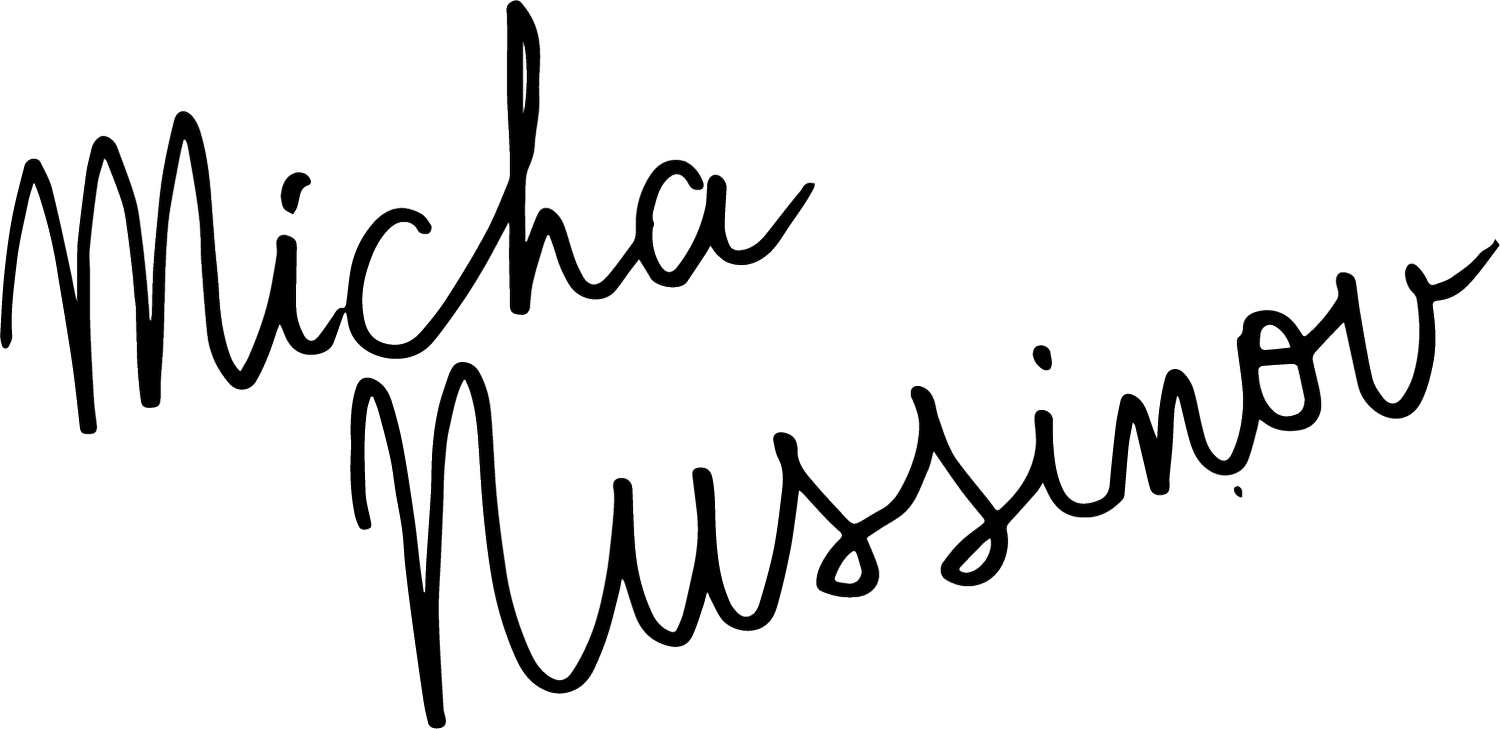Micha Nussinov lives in Sydney, but his roots extend through time and space to Israel, Ukraine, Germany and London. A self-taught, multidisciplinary artist with a sprawling 40-year career, Micha’s work traverses several mediums – including painting, sculpture, installation and music – shifting as he navigates a series of entangled terrains to present a physical embodiment of the artist within.
Micha’s artistic practice began after being given a box camera at the age of 13. The camera viewfinder, with its ability to turn scenes upside down and bring things in and out of focus, served as a portal to new perspectives on the world around. Upon completion of his mandatory military service, Micha began studying for a Diploma in Film Technique at the London Film School, graduating in 1972.
Migrating to Australia in 1975, Micha worked as a cinematographer on numerous documentaries and short dramas, including Rules and Displacement Activities Part II, a film by Australian artist Mike Parr. Micha also directed and photographed his own short documentaries, Waiting, For What? (1976) and Feeling for Balance (1979), with the assistance of grants from the government agency, the Australian Film Commission. During this time he also began to experiment with photography, with his practice eventually expanding to painting.
Between the period of 1984 and 1995, Micha participated in a number of painting excursions throughout Australia, visiting the West MacDonnell Ranges, the Olgas and Rainbow Valley in the Northern Territory, Lake Mungo in New South Wales and Flinders Ranges in South Australia. It was during this time that his Landscapes - Plein Air series was painted.
Micha has since had various solo exhibitions and features across Australia, Israel, Japan and Spain, including being selected by the NSW Art Gallery to exhibit as a finalist in the 1992 Sulman Prize. By 1995, Micha began exploring more mediums including sculpture, digital media and music composition, a practice that would continue to expand over the following decades.
Micha has received numerous prizes throughout his career for his playful and idiosyncratic sculptures. In 2008 and 2009, he was awarded the Plinth Prize and the Price Waterhouse Cooper Prize respectively from the Australian Sculptors Society. In 2011 and 2012, he was the recipient of the Found Object Prize from Transfield Holdings, also receiving consecutive honourable mentions from the International Photography Awards. Micha was also a finalist in the Kao International Kinetic Art Competition (2004), the Woollahra Small Sculpture Prize (2010), the Fisher’s Ghost Art Award (2011) and the One Eyeland Photography Awards (2014), as well as showcasing a series of small sculptures, ‘Click Clack Troupe’ in 2002.
Micha now spends his days at his studio and gallery on Cope Street in Redfern. Here visitors are given the chance to engage with his often-interactive work, which brings together a collision of different places, materials, textures, smells, sounds, feelings and thoughts. From his taxi passenger painting series, in which the taxi interior offers a portal into the depths of human emotion, to his microcosmic sculptures, whose appendages twist and turn upon contact with the human hand, Micha’s work is characterised by a sense of exploration, a desire to amalgamate and an innate instinct for curiosity.
There are many facets to Micha’s work. On the one hand, there is a strong connection to nature, born amongst the scented grapefruit orchards and plum trees of his childhood in Israel. There is an underlying sense of displacement, inherited from an ancestral legacy of migration, most immediately with his mother fleeing Nazi Germany and his father leaving behind Ukraine. Micha also grapples with a more abstract concern around the problematic nature of communication, a thread that weaves through his experiences as a migrant and his struggles to articulate himself as a boy. Despite living in an English-speaking country, Micha still finds refuge in his Israeli cultural and linguistic roots, oscillating between the two, as he dwells in the liminal space so often inhabited by migrants.
For the young boy, the migrant traveller and the adult artist, each artwork represents a journey towards belonging and a search for a resting place, whether real or imagined, where the wanderer might find his home.

